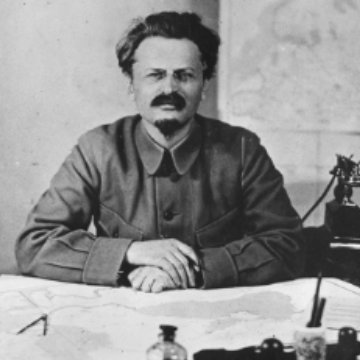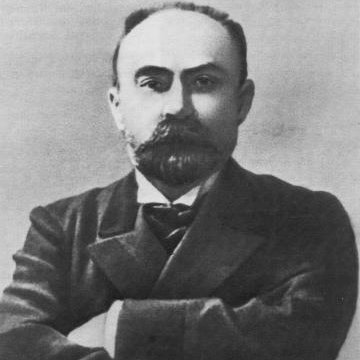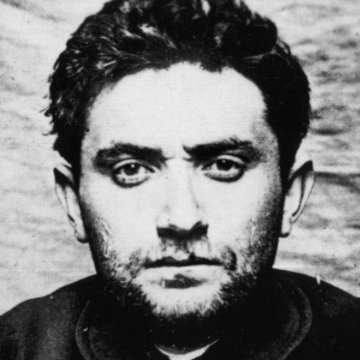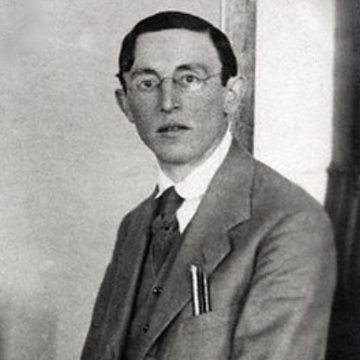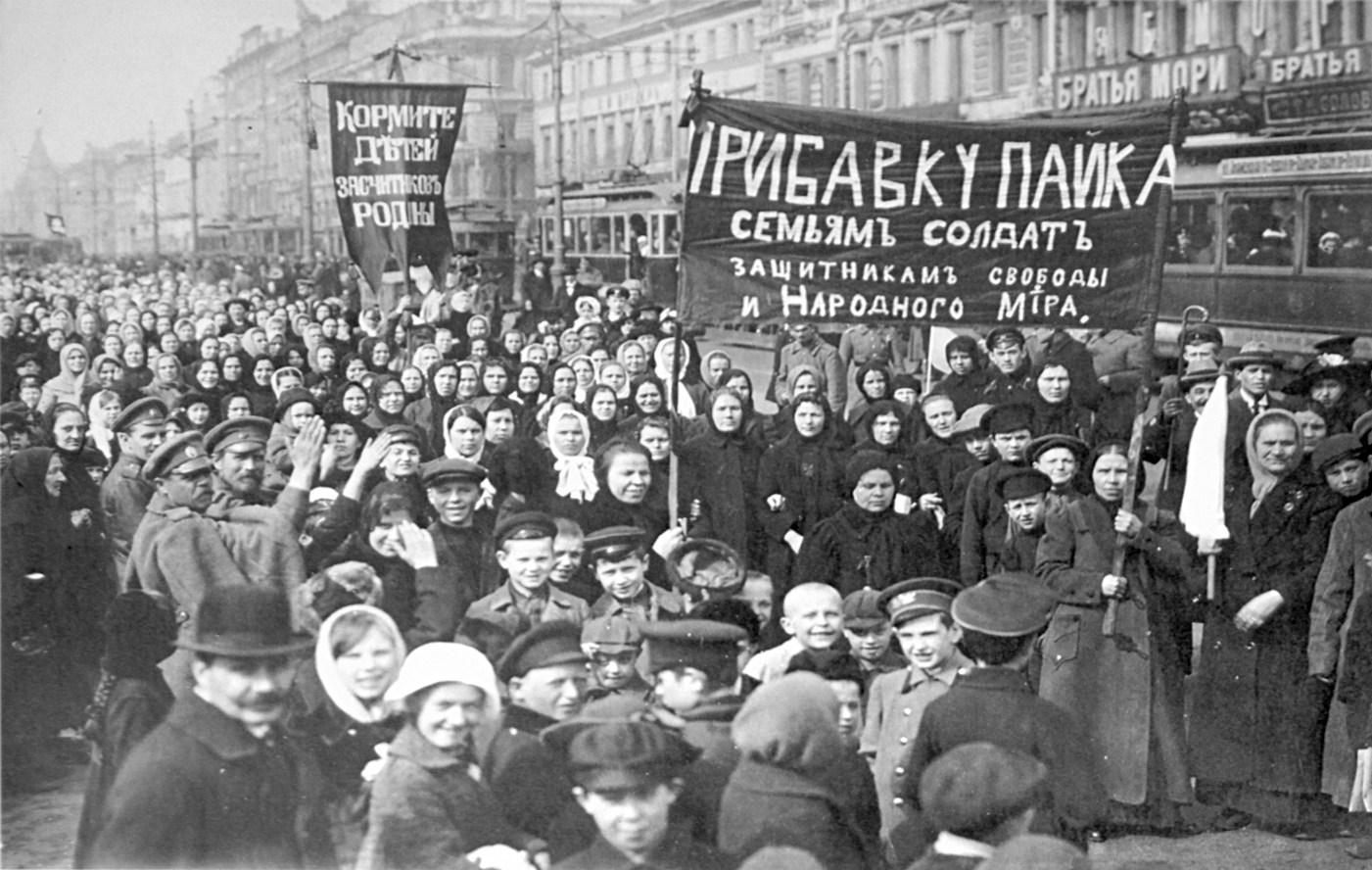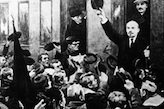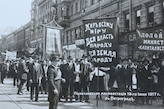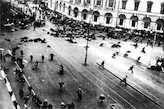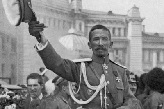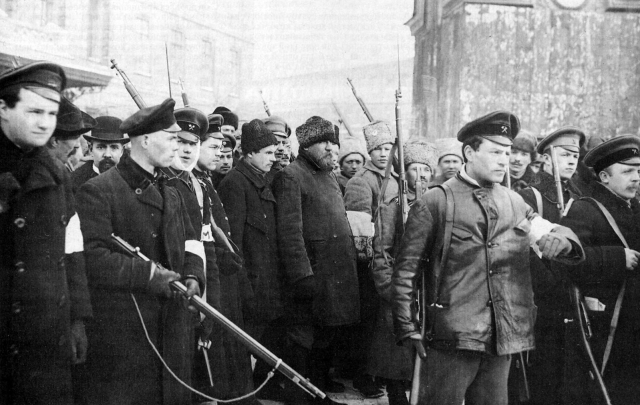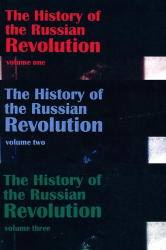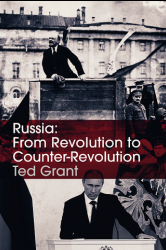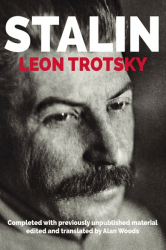MOSCOW - According to recently announced plans of the Russian government, 1998 is to be the year when the country's coal industry is gutted and cut up, with the most toothsome chunks ready for handing over to private owners. For scores of thousands of workers the result will be joblessness, with only vague, unreliable promises of retraining and resettlement.
But miners in the country's leading coal region have now pledged: Only over our determined resistance! On December 29 an extraordinary congress of miners' delegates in the Kuzbass, the West Siberian region that is Russia's largest coal producer, drew up a series of tough resolutions addressed to the country's president, government and parliament.
If key demands were not met, the miners indicated, a general strike of the region's coal sector would be organised.
Of some 200 coal mines currently operating in Russia, the government plans to shut down no fewer than 86 by the end of this year. According to the Moscow daily Segodnya, employment in the country's coal sector has already fallen by 18 per cent in the past two years, to a current total of 359,000 workers. If the planned closures go ahead, the paper states, the number could shrink by a further 100,000.
The "restructuring" of the Russian coal industry is to be financed by a US$800 million loan from the World Bank, approved during December. Half this sum was due to be handed over by the end of 1997. Delivery by the bank of a second tranche, of US$200 million, has been made conditional on the Russian government carrying out a coal privatisation program.
From a figure in December of 8.5 per cent, the proportion of Russia's coal produced by privately-owned mines is to rise to 50 per cent by the end of 1998. During December, large packets of shares were sold in three "promising, profitable" Kuzbass open pits.
Large scale closures
Supporters of the government's strategies argue that large-scale mine closures are inevitable, since the coal sector, reported recently to have debts equivalent to almost US$8 billion, is technically bankrupt. Numerous mines have wage debts to their workers going back six or even nine months, and continue producing only because of state subsidies.
But in many cases, the mines are loss-making mainly because the state has withheld investment funds, and because of the peculiarities of state accounting. In the Pechora coal basin in the far north of European Russia, almost all the mines run at a loss. But the Moscow newspaper Nezavisimaya Gazeta in December cited a study indicating that eight of the nine mines at Vorkuta, the main Pechora coal centre, were potentially profitable. The taxes and penalties the mines were being forced to pay, the report indicated, were greater than the subsidies they received.
In all the Russian coal regions, mines suffer from the failure of customers to pay for deliveries. According to Izvestiya on December 18, some 56 per cent of the overdue debts to the coal industry are owed by power plants, which in turn are owed large sums by government instrumentalities. To a substantial degree, 1 the need to pay subsidies to coal mines - subsidies that are cited as proof of the need for mine closures - flows from the government's own failure to pay its debts.
Closures of worked-out mines are an inevitable feature of coal production. But the Russian government plans to shut down numerous mines containing large reserves of coal that in other countries and times would be considered well worth extracting. Once the pits are closed, these reserves are lost for good.
Markets for the output of these mines allegedly do not exist. Demand for coal in Russia, especially from the metallurgical industry, has fallen sharply during the 1990s. But there is nothing natural or inevitable about the decline of Russian metallurgy; it is an aspect of the country's six-year economic depression, which was induced deliberately to serve the ends of neo-liberal "shock therapy".
Even in circumstances of depression, the argument that markets do not exist for the output of existing mines starts to look suspicious if we consider a point revealed by Segodnya in December. Despite the loss during 1998 of as many as 100,000 coal industry jobs, actual coal output is not expected to fall significantly.
While close to half the existing mines will shut down, output will be expanded at a relatively small number of highly productive mines, chiefly open pits. Average costs per ton, at least as computed by coal firm accountants, will fall.
To the financial oligarchs who are being invited to take over Russia's coal industry, these policies make excellent sense. But if the likely social costs of coal industry "restructuring" are taken into account, the benefits are by no means clear.
In the depths of a depression, other work for laid-off miners is hard to find. And if taking up another job means shifting house, these workers often face a hopeless dilemma; continuing, acute housing shortages mean that affordable alternative accommodation can rarely be found.
If laid-off miners had to be treated in civilised fashion, with job retraining and alternative work, the cheapest course for Russian society as a whole would often be to keep loss-making mines open.
No compensation
For political reasons, the Russian government has been forced to announce adjustment programs for miners in the pits that are being shut down. But in the experience of the workers themselves, the government's real strategy is often to try to force them out without any compensation whatever.
"If you don't pay people their wages for five or six months, they'll make off of their own accord, and you don't have to create any new jobs," Aman Tuleev, the governor of Kemerovo Province, pointed out to journalists recently. Kemerovo Province includes the Kuzbass region.
Where coal industry workers stay on the job for long enough to be made redundant, the programs for their support are often merely token - or the funds are misdirected by officials. Since 1994, Nezavisimaya Gazeta reported on December 3, a total of 17 mines have shut down in the Kuzbass. Of 17,000 people put out of work, only 7 per cent have been placed in new jobs. An appeal sent to the president and prime minister by miners in the Maritime District of the Russian Far East in mid-December charged 2 that mine shutdowns were occurring without the creation of jobs, and that social welfare commitments to miners were not being met.
Increasingly, Russian coal workers are coming to the conclusion: the process through which their industry is being cut up for sale to private business is not in their interests. The Maritime District miners, Segodnya reported on December 17, "consider that the coal sector in Russia should be state- owned."
The demand for a halt to privatisation has not figured so far in the demands of miners at the national level, where the focus has remained on forcing the government to meet its promises to coal industry workers. But as the miners' protests gain in scope and militancy, the desire of rank and file miners to go into battle around the call for social ownership of their industry - an essential condition if its restructuring is not to be a social catastrophe - seems certain to spread.
Miners protest movement
Since early December the miners' protest movement has taken on an edge of desperation, as the costs of coal production in dead and injured workers have risen to horrific levels. In the small hours of December 2, a methane explosion in the Zyryanovskaya mine in the Kuzbass claimed 67 lives - the worst mine disaster in the region since 1944.
No less appalling than this tragedy has been the steadily increasing number of deaths in "lesser" accidents. At the time of the Zyryanovskaya explosion, the number of lives lost in Russian coal mines during 1997 already stood at 158 - a figure 32 per cent worse than in 1996.
According to miners' leaders, prime responsibility for the carnage lies with the government, which has failed to provide adequate funds to stop safety management breaking down at all levels. The number of safety inspections has dropped. Mines have been left without money to repair ventilating systems, and to to buy and maintain safety equipment.
"With the current level of financing, carrying out this work properly is impossible," Ivan Mokhnachuk, deputy chairperson of the Russian Union of Coal Industry Workers, told the newspaper Trud in December.
As well as seeing important strategy meetings by miners' delegates, the Kuzbass in December witnessed the dramatic use of direct action by rank and file miners. In the city of Anzhero- Sudzhensk on December 22 about 250 workers blocked the Trans- Siberian Railway for ten hours, demanding wages owed from as much as eight months back.
Meanwhile, a group of miners from the Pechora basin were staging a hunger strike in the Moscow offices of Rosugol, the state coal industry holding company.
Through its plans for massive lay-offs, in circumstances where it has neither the will nor the ability to provide for the workers involved, the Russian government has signalled that it aims to deal a knock-out blow to the miners, the best-organised and most combative sector of the Russian working class.
Anti-worker offensive
The assault on the miners will be the spearhead of a much broader anti-worker offensive, as the capitalist counterrevolution in Russia enters its most aggressive phase. In other signs of what is to come, Economy Minister Yakov Urinson on 3 December 30 revealed that the government plans to cut the number of defence sector enterprises by nearly two-thirds - from 1700 at present to 670 in the year 2000. And on January 6, under the headline "A Reform More Painful than Privatisation", Izvestiya outlined a new labour code, currently at the drafting stage, through which the government plans to "bring order to the relations between employer and employee." Modelled in part on neo-liberal legislation in New Zealand, this draft code would reduce trade unions to playing a marginal role in relations between workers and employers.
In plotting their anti-labour offensive, Russia's rulers have perhaps cast their minds back to September-October 1993, when the application of ruthless, illegal force was enough to overthrow the country's old parliament and to humble the elite factions that backed it.
But the Russian working class is not a cabal of nomenklatura losers, despised by the population and outmanoeuvred without great difficulty. To a large degree Russian wage workers, numbering more than 60 million, are the population. Millions of these people now have little to lose if they mount desperate resistance.
The latter is particularly true of the miners, who have strong traditions of solidarity and are well able to provide leadership for much broader working-class layers. The Russian government's efforts to dismember the coal industry, in short, could finish up with the country's rulers facing the most determined opposition they have met throughout their entire restorationist project.


